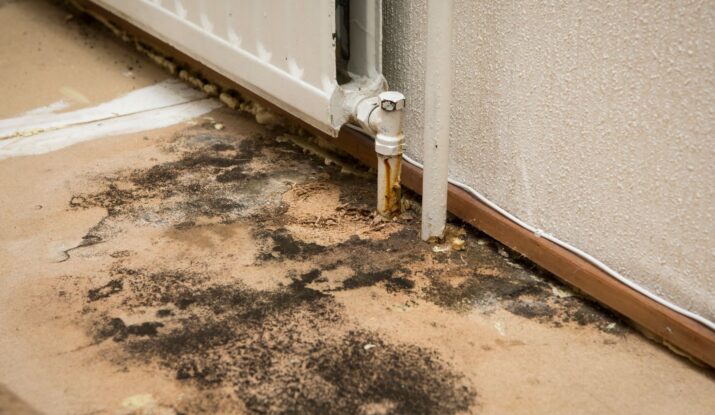If you’ve recently experienced water damage in your home, the last thing you want to deal with is the presence of mold. Mold can quickly become a bigger problem if not addressed properly, leading to health issues and further damage to your property. In this article, you’ll learn some practical tips and steps on how to effectively deal with mold after water damage. By following the right procedures, you can ensure a safe and mold-free environment for you and your family. So let’s get started and take control of the situation!
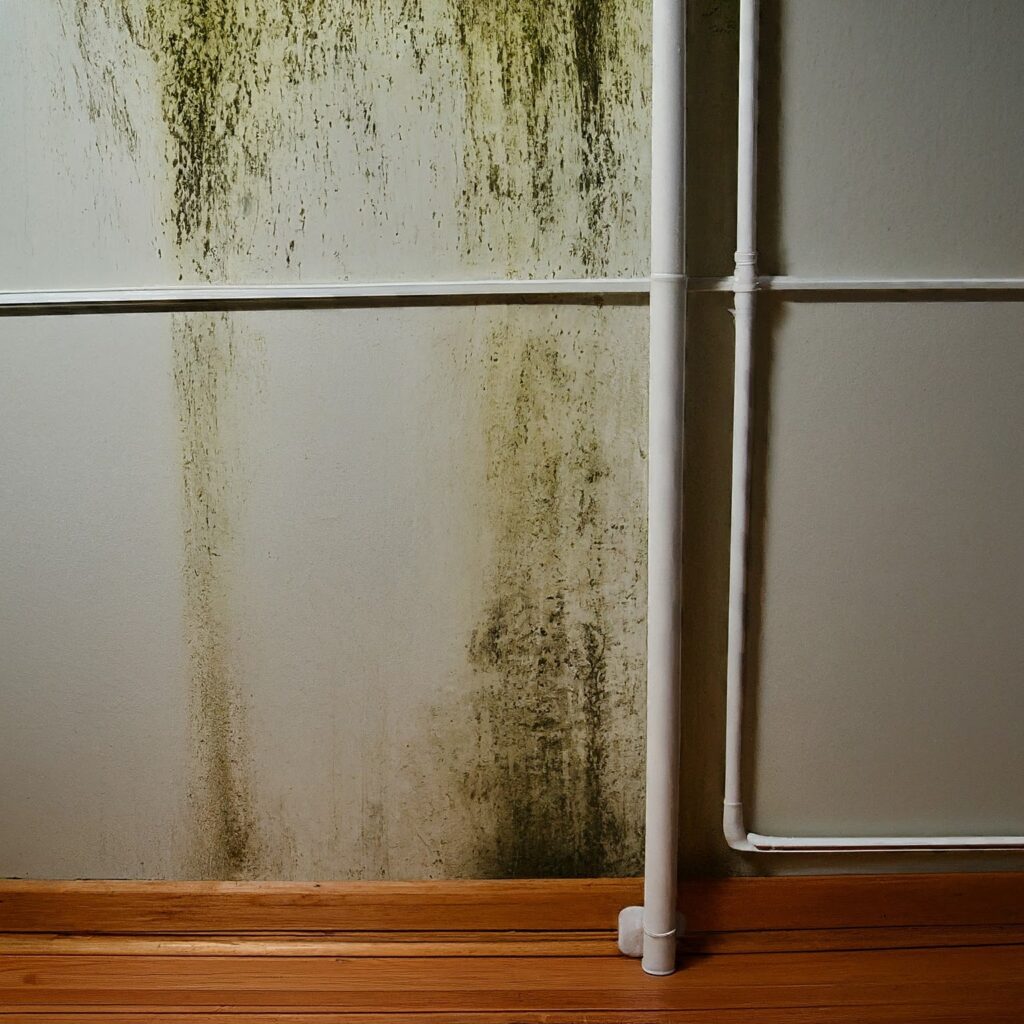
Understanding Mold and its Consequences
Mold is a common issue that can arise after experiencing water damage in your home. It is essential to understand the consequences of mold colonization and the importance of immediate mold remediation. Mold not only poses risks to your health but also to the structural integrity and value of your property.
Recognizing Mold Colonization
Recognizing the signs of mold colonization is crucial in order to address the problem promptly. Mold can appear in various forms and colors, such as black, green, or white spots on walls, ceilings, or other surfaces. You may also notice a musty odor in the affected area. If you experience unexplained health symptoms like allergies or respiratory issues, mold colonization could be the underlying cause.
Significance of Immediate Mold Remediation
Addressing mold colonization promptly is vital to prevent further damage and potential health risks. Mold can compromise the structural integrity of your home, leading to costly repairs. Additionally, exposure to mold can trigger allergies, asthma, and other respiratory problems, especially for those with compromised immune systems. Therefore, it is important to take immediate action to mitigate the mold growth and prevent it from spreading.
Influence of Mold on Health and Property
Mold has a significant impact on both your health and the condition of your property. Exposure to mold spores can cause allergic reactions, respiratory issues, headaches, and even skin irritation. Moreover, mold can damage your property’s structural components, such as walls, floors, and ceilings. It can also stain surfaces permanently and produce a distinct, unpleasant odor that can be difficult to eliminate. Therefore, taking mold growth seriously is crucial to maintain a safe and healthy environment for you and your family.
Causes of Mold Growth After Water Damage
Understanding the causes of mold growth after water damage can help you prevent its occurrence in the future. Several factors contribute to the growth of mold, including:
Exposure to Excess Moisture
Excess moisture is the primary factor that promotes mold growth. When water leaks or floods your home, if not adequately dried and cleaned, it creates an ideal environment for mold to thrive.
Lack of Proper Ventilation
Inadequate ventilation can lead to moisture buildup in your home, creating conditions where mold can grow. Bathrooms, kitchens, and laundry rooms are especially prone to mold growth due to the high humidity generated by daily activities.
Inadequate Water Damage Cleanup Procedures
If water damage is not cleaned up properly and promptly, residual moisture can remain in carpets, walls, and other porous materials. This lingering moisture can trigger mold growth over time.
Prolonged Exposure to High Humidity Levels
Sustained high humidity levels in your home provide the ideal breeding ground for mold. If your indoor humidity levels consistently exceed 60%, it is important to address the issue to prevent mold growth.
Identifying the Presence of Mold
Identifying the presence of mold is crucial for determining the necessary course of action. There are several ways to recognize mold colonization:
Physical Indications of Mold
Physical indications of mold include visible signs such as black or green spots on surfaces, discoloration, and a fuzzy or slimy texture. Mold can appear on walls, ceilings, floors, and even furniture.
Signs of Hidden Mold
Hidden mold can be challenging to identify but may manifest as a musty odor without any visible growth. If you notice a persistent musty smell in your home, it could indicate the presence of mold in hidden areas like behind walls or under carpets.
Mold Identification by Professional Inspection
If you suspect mold but are unsure of its presence or extent, it is advisable to seek professional assistance. Certified mold inspectors can conduct thorough assessments using specialized equipment to accurately identify and assess the mold situation in your home.
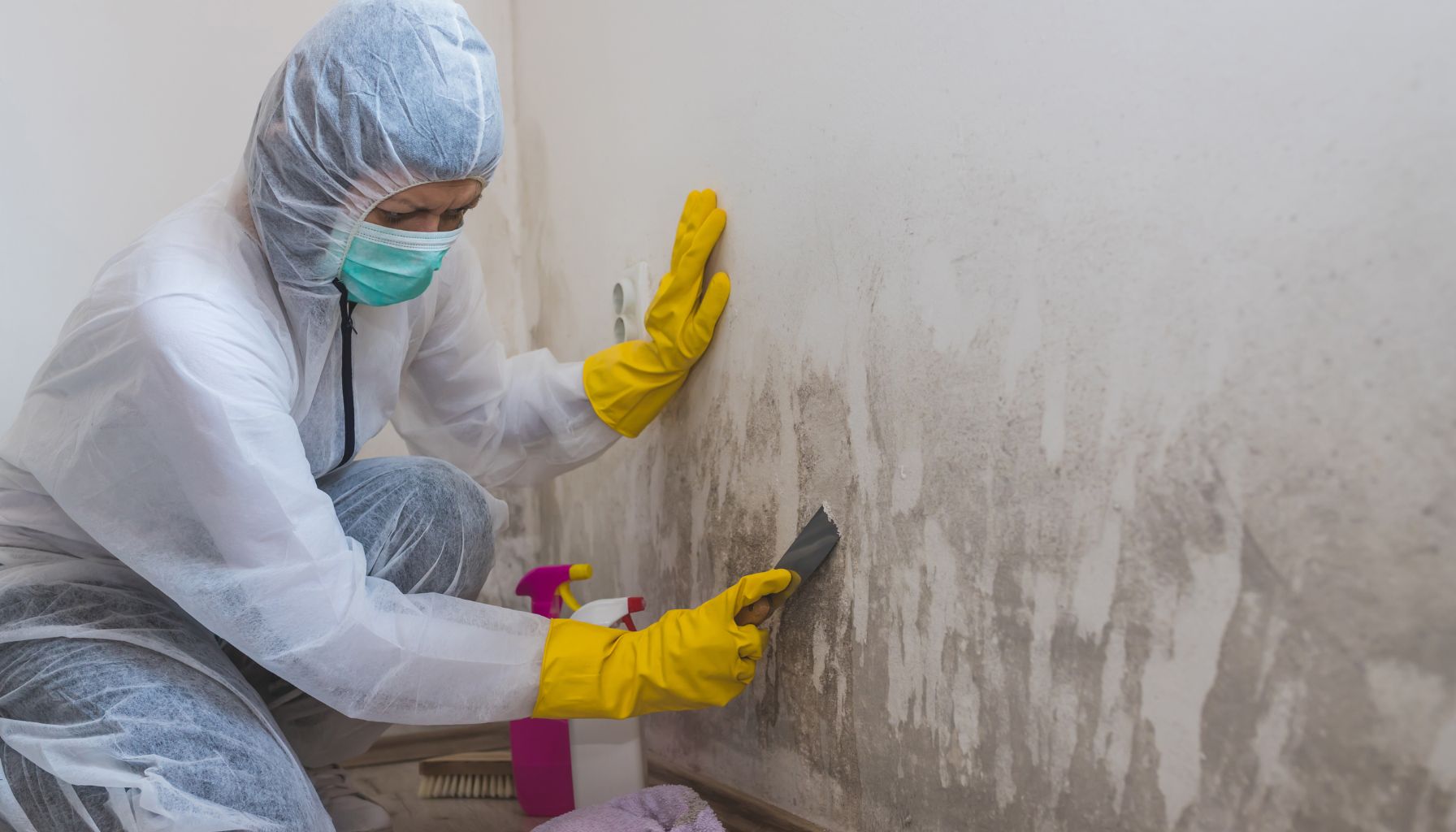
Safety Measures Before Mold Cleanup
Before embarking on mold cleanup, it is essential to prioritize your safety and take precautionary measures to minimize exposure to mold spores:
Use of Protective Gear
Ensure you wear protective gear such as gloves, goggles, and a respirator mask to prevent direct contact with mold and inhalation of spores during the cleanup process.
Isolation of Affected Area
Contain the affected area to prevent the spread of mold spores to other parts of your home. Close off doors and windows and cover openings with plastic sheets to create a barrier.
Avoiding Inhalation of Mold Spores
While cleaning, make sure to minimize the release of mold spores into the air. Use gentle cleaning techniques and avoid activities like scrubbing or using high-pressure water that can disperse spores.
Turning off HVAC Units to Prevent Spread of Mold
Turn off heating, ventilation, and air conditioning (HVAC) systems to prevent the circulation of mold spores throughout your home during the cleanup process.
DIY Mold Cleanup For Minor Mold Damage
For minor mold damage, you may choose to handle the cleanup yourself. Follow these steps for effective DIY mold remediation:
Ascertaining Size of Area Affected
Determine the size of the affected area. If the mold growth covers an area larger than 10 square feet or if you are unsure of the extent, it is advisable to seek professional assistance.
Preparation for Cleanup
Before starting the cleanup process, gather the necessary supplies, including protective gear, garbage bags, scrub brushes, and a mold-specific cleaner or a mixture of water and detergent.
Remediation Procedure
Start by scrubbing the affected surfaces with the cleaning solution. Ensure that you thoroughly clean and dry the area to discourage future mold growth. Dispose of any contaminated materials in sealed bags.
Proper Disposal of Contaminated Materials
Dispose of contaminated materials, including porous items such as carpets or drywall, that cannot be effectively cleaned. Seal them in plastic bags and take them to a proper disposal facility.
When to Call Professional Mold Remediation Services
Certain situations warrant the assistance of professional mold remediation services to effectively handle mold growth:
Extent of Mold Damage
If the mold growth covers a large area or if it has spread to hidden areas like behind walls or under flooring, professional help is recommended. Extensive mold damage requires specialized equipment and expertise to ensure thorough cleanup.
Inability to Effectively Handle Mold Cleanup
If you lack the necessary knowledge, tools, or time to properly handle mold cleanup, it is best to leave the task to professionals. They have the required experience and equipment to safely and effectively eliminate mold.
Possible Structural Damage to the Property
Mold can weaken the structural components of your property, such as walls and floors. If you suspect significant structural damage or if mold has caused visible deterioration, professional remediation is crucial.
Health Risks Involved
Individuals with compromised immune systems, allergies, asthma, or other respiratory conditions are at higher risk from mold exposure. If you or your family members fall into these categories, it is advisable to seek professional assistance to minimize health risks.
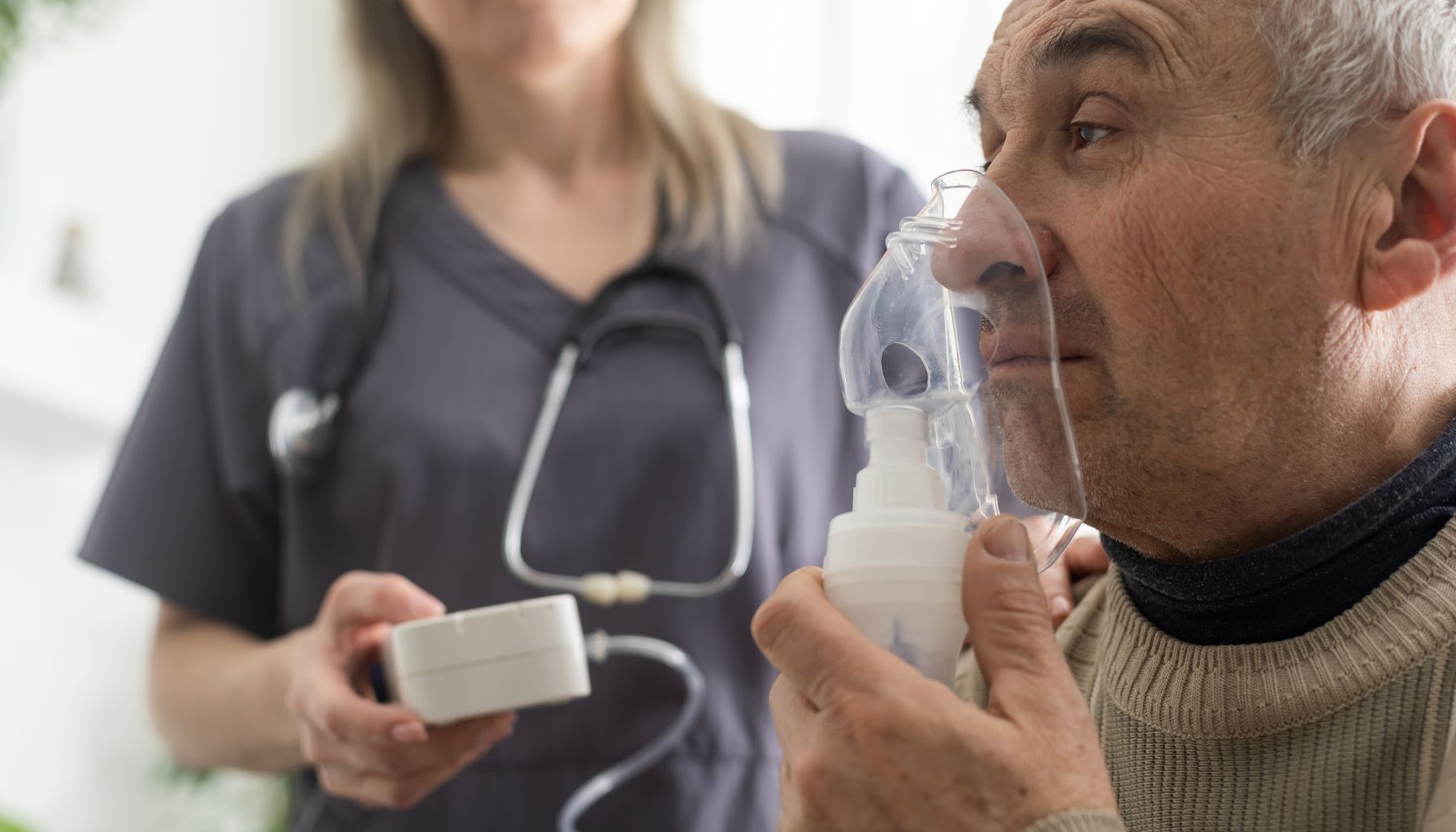
Choosing a Reliable Mold Remediation Company
Selecting a reliable mold remediation company is essential to ensure a successful and thorough cleanup. Consider the following factors before making your decision:
Experience and Qualifications
Check the company’s experience and qualifications in mold remediation. Ensure they have certified technicians who have undergone proper training and are knowledgeable about industry standards and best practices.
Customer Reviews and Ratings
Read customer reviews and ratings to gauge the company’s reputation and level of customer satisfaction. Positive reviews and high ratings indicate a reliable and trustworthy mold remediation service provider.
Range of Services Offered
Choose a company that offers a comprehensive range of services, including inspection, containment, removal, and restoration. This ensures that all aspects of mold remediation are addressed efficiently.
Quality of Equipment Used
Inquire about the equipment and techniques used by the company. State-of-the-art equipment, such as HEPA-filtered vacuums and air scrubbers, is crucial for effective mold removal and prevention of cross-contamination.
Pricing and Service Package
Obtain quotes from different mold remediation companies and compare their pricing and service packages. Ensure that the company provides transparent pricing and offers a warranty for their work.
What to Expect from Professional Mold Remediation
When hiring a professional mold remediation company, you can expect a comprehensive approach to address your mold issue:
Inspection and Initial Assessment
Certified mold inspectors will conduct a thorough assessment to determine the extent of mold infestation and identify areas of concern. They will also develop a detailed remediation plan tailored to your specific needs.
Mold Containment
Professionals will create a containment area using plastic sheets to prevent the spread of mold spores during remediation. Negative air pressure machines and air scrubbers will also be installed to filter the air and ensure it remains clean.
Air Filtration
High-efficiency particulate air (HEPA) filtration devices will be used to capture airborne mold spores and prevent their dispersion to other areas. This helps to improve indoor air quality during and after the remediation process.
Mold Removal by Cleaning and Sanitation
Certified technicians will meticulously clean and sanitize all affected surfaces, using specialized equipment and industry-approved cleaning agents. They will remove any visible mold growth and also address hidden mold sources.
Restoration of Property and Prevention of Further Mold Growth
Once the mold remediation is complete, professionals will restore your property to its pre-mold condition. This may involve repairing or replacing damaged building materials and implementing preventive measures to prevent future mold growth.
Preventing Future Mold Growth After Water Damage
Taking proactive measures to prevent future mold growth is essential after experiencing water damage:
Prompt Water Damage Cleanup
Address water damage promptly and thoroughly. Dry any affected areas within 48 hours to prevent mold growth. This includes removing excess water, drying carpets and furniture, and using dehumidifiers or fans.
Proactive Moisture Control
Control indoor humidity levels to prevent mold-friendly conditions. Keep humidity below 60% by using dehumidifiers, opening windows for ventilation, and fixing any plumbing leaks promptly.
Use of Dehumidifiers and Air Conditioning
Consider using dehumidifiers and air conditioning units, as they can help regulate humidity levels and keep your indoor environment unfavorable for mold growth.
Regular Property Maintenance and Checks
Perform regular inspections to identify any water leaks or moisture issues. Inspect areas prone to water damage, such as basements, crawl spaces, and bathrooms, regularly to catch any potential problems early on.
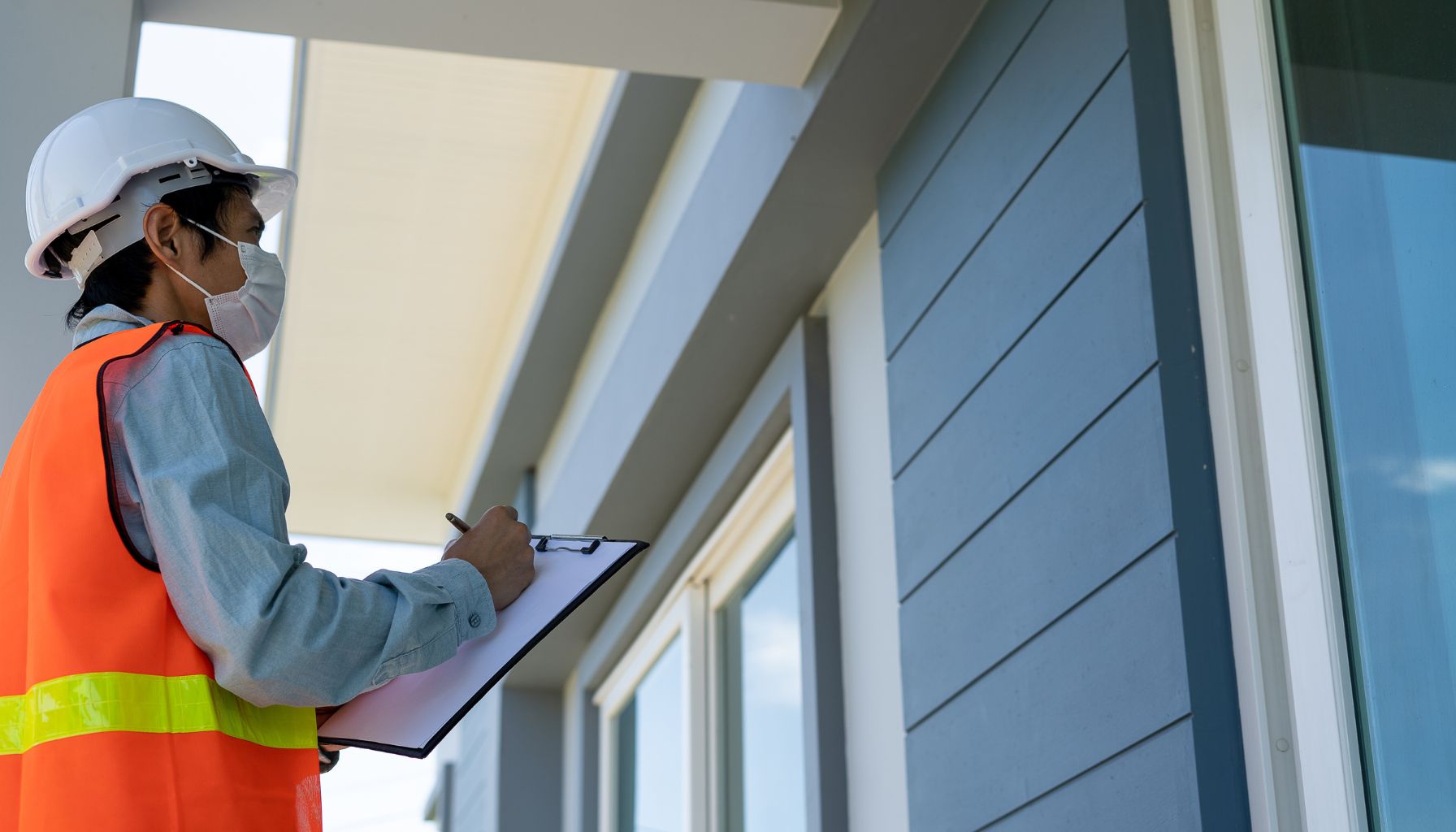
Important Tips on Mold and Water Damage
Here are some additional tips to help you navigate the challenges of mold and water damage:
Increasing Awareness on Mold Prevention
Educate yourself about mold prevention and the steps you can take to minimize its occurrence. Stay informed about common causes of mold growth and learn about effective preventive measures.
Understanding Homeowner Insurance and Mold Damage
Review your homeowner insurance policy to understand what coverage is provided for mold damage. Determine whether mold remediation costs are included and whether there are any specific requirements or limitations.
Maintaining Good Indoor Air Quality
Maintaining good indoor air quality is vital for preventing mold and promoting a healthy living environment. Regularly change air filters, keep your home clean and well-ventilated, and consider using air purifiers to filter out allergens and mold spores.
Legal Aspects Concerning Mold and Property
Familiarize yourself with the legal aspects surrounding mold and property. Understand your rights and responsibilities as a homeowner and know when to seek legal advice in cases of significant mold damage or disputes with insurance companies.
In conclusion, understanding mold, its consequences, and the necessary steps to address it is crucial for every homeowner. Prompt action, whether through DIY mold cleanup or professional remediation services, can help mitigate the risks associated with mold colonization. By implementing preventive measures and maintaining good indoor air quality, you can reduce the likelihood of future mold growth and protect both your health and your property.
Contact PureOne Services Now

Disclaimer: All PureOne Services locations do not hold all of these listed certifications.



